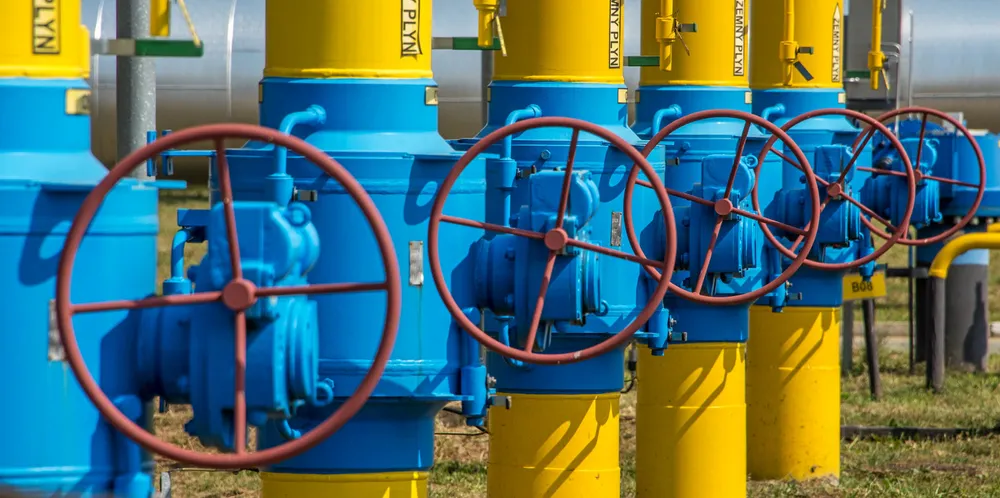Hydrogen blending will have only 'limited and temporary' role in gas grid: UK government
H2 mixed into fossil gas can usefully absorb excess supply, but is likely to hit infrastructure constraints as gas grids to be reduced amid decarbonisation, British ministry says
